
JAPANESE PRINTS
A MILLION QUESTIONS
TWO MILLION MYSTERIES
Ukiyo-e Prints浮世絵版画 |
|
Port Townsend, Washington |
|
UTAGAWA TOYOKUNI III |
||
|
三代目歌川豊国 |
||
|
1786-1865 |
||
|
Role: The shinzō Takigawa |
||
|
Play: Kama-ga-fuchi Futatsu-domoe |
||
|
Size (untrimmed): 10" x 7 1/8" |
||
|
Censors: Hama & Magome Hama Yahei (浜弥兵衛) Magome Kageyu (馬込勘解由) |
||
|
Date: 1849-53 |
||
|
Signature: Kōchōrō Toyokuni ga |
||
| 署名: 香蝶楼豊国画 | ||
|
Publisher: Hori Takichi aka Ōtaya Takichi |
||
|
RARE! $390.00 SOLD! |
|
|
||||
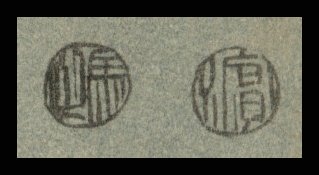 |
||||
|
Censor Seals: Hama & Magome 1849-53 |
||||
|
|
|
|
|
|
|
|
|
of an ehon found at the National Diet Library. The text is by Santei Shunba (三亭春馬; d. 1851) of a book called 木下闇緑林 (Koshitayami midori no hayashi). This was published by Hamadaya Tokubei (濱田屋徳兵衛) in 1852. |
|
|
|
|
|
|
|
|
|
|
|
|
|
|
Above is a detail from this print which clearly shows the subtle, but elegant use of embossing . |
|
|
THE ROLE OF THE SHINZŌ |
|
新造 or 新艘 |
|
|
|
In Yoshiwara: The Nightless City by J. E. De Becker points out that shinzō (新造) literally means 'newly constructed' (or 'made'). When a kamuro, the young attendant to a courtesan, "...had grown up to thirteen or fourteen they were made Shinzō..." (1) This only happened with the approval of the courtesan. About ten days before her 'promotion' the kamuro receives ohaguro from seven friends of her courtesan. That is the first time the young woman/girl is allowed to blacken her teeth. On the day of the installation soba noodles were served to all members of the brothel and to those establishments which had friendly relations with that house. A table of unpainted wood 9' to 18' in length loaded with vessels holding steamed food would be set out in front of the brothel. Inside a similarly unpainted table, but smaller, would be set up in the courtesans quarters arrayed with fabrics, tobacco pouches, fans, towels, etc., to be handed out as gifts to friendly patrons. Another long table offering steamed dishes would be placed before an associated tea-house where the patrons had been conscripted to help pay for the shinzō's ceremonies and other expenses. (2) "On this day the interior decorations of the brothel were so magnificent and splendid that according to ancient writers the spectacle defies the power of language to adequately portray them." (3)
The new shinzō would be paraded up and down the Nakanochō for a week, each day dressed in different finery and accompanied by her courtesan and other attendants. If, on the other hand, a girl was made a shinzō although she had not been trained in the Yoshiwara and did not have a sponsoring courtesan she was referred to as a "...'tsuki-dashi (one who is pushed out to the front)..." Her rank as a courtesan trainee was dependent on her grace and beauty and hence the amount of expensive gifts and bedding she was given. (4) Gifts of small sake cups, sakazuki, decorated with the new shinzo's name and crest would be given out to all of the friendly businesses associated to her house. (5) |
|
|
|
Cecilia Segawa Seigle in her book on the Yoshiwara tells us that the shinzō are the "Lowest-ranking prostitutes who were also attendants of high-ranking courtesans." (6) |
|
|
|
1. Yoshiwara: The Nightless City, by J. E. De Becker, Frederick Publications, 1960, p. 55.
2. Ibid., pp. 55-6. 3. Ibid., p. 56. 4. Ibid., p. 57. 5. Ibid. 6. Yoshiwara: The Glittering World of the Japanese Courtesan, by Cecilia Segawa Seigle, University of Hawaii Press, 1993, p. 276.
|
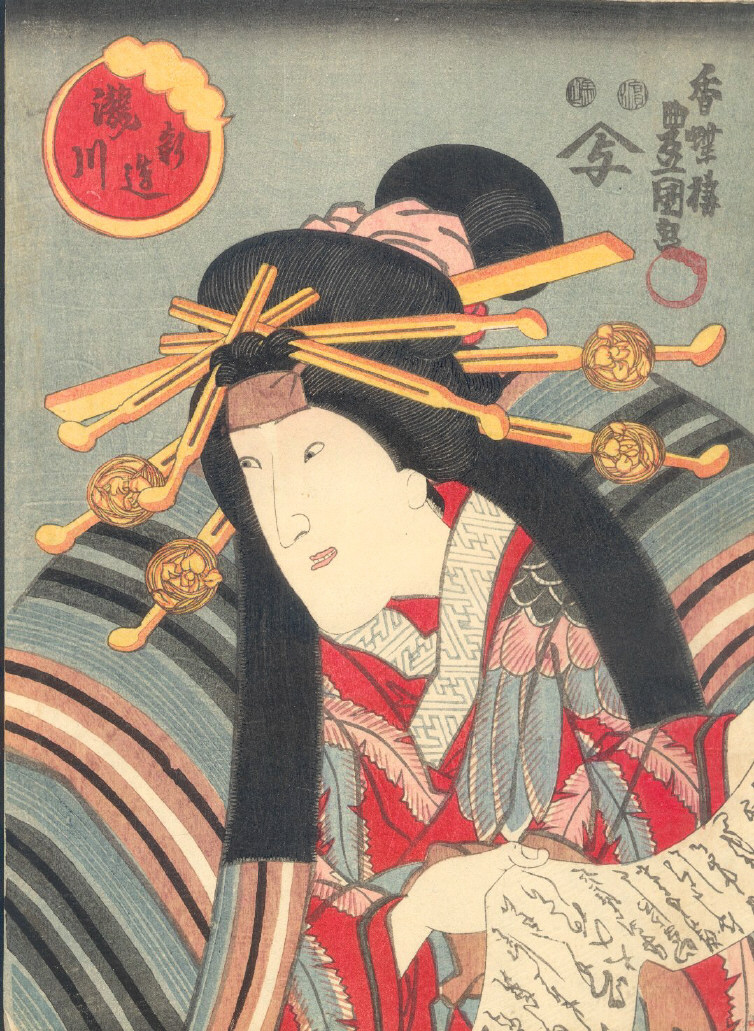
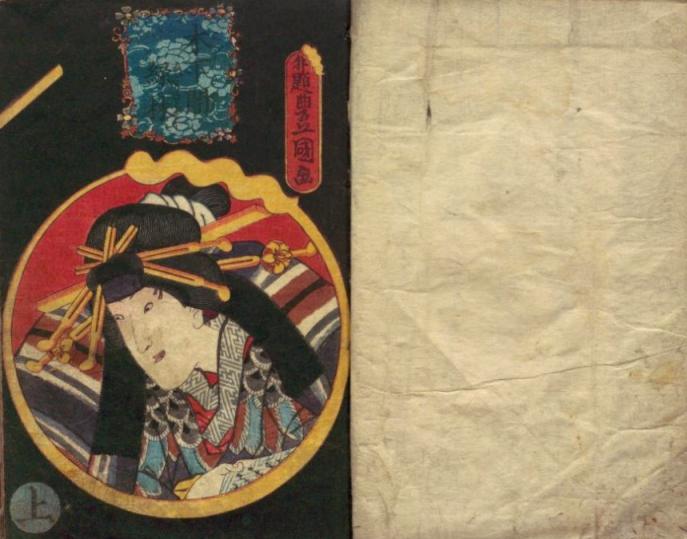
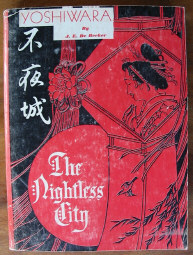
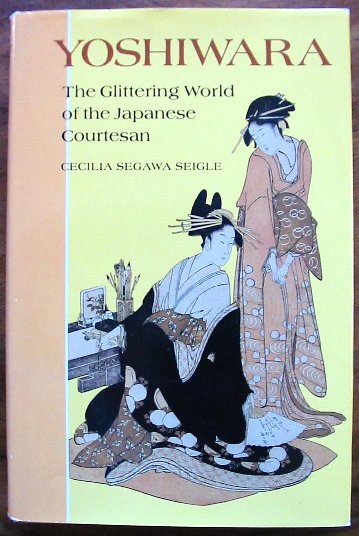
 HOME
HOME